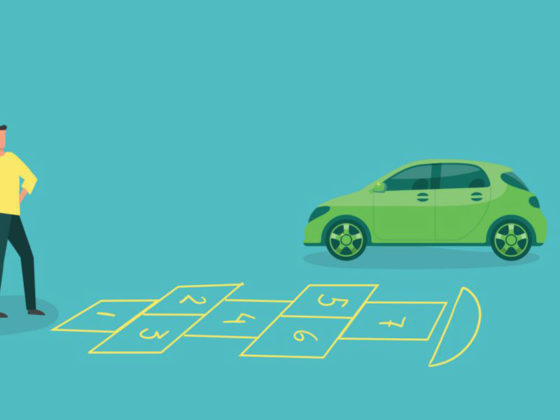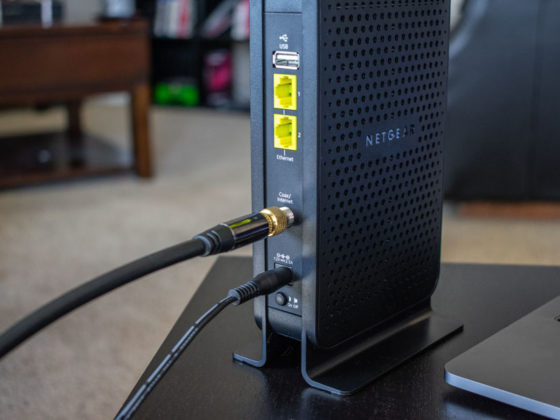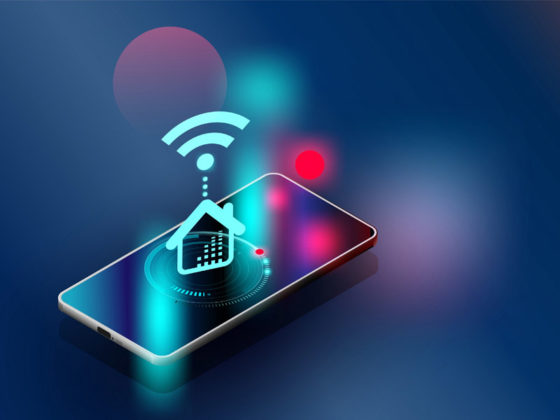Smartphone Acquiescence Versus Annoyance
Bruce Wilson, PhD
Since the advent of the smartphone in 1994, social interaction has been gradually transforming. Social interaction, at one time, was about face-to-face contact between dyads or groups. Over the past 26 years social interaction has evolved into primarily e-communication. Electronic devices have displaced face-to-face communication in a multitude of environmental settings. In restaurants, shopping malls, supermarkets, schools, parks, anywhere and everywhere, the screen gets more face time than the face.
As we have travelled through this transition, many of us have coped better than others. The younger generations have coped due to the fact that e-communication has always been there. It is all they have ever known. Conversely, older generations have struggled with the demands of learning all the nuances of technological advancement. They have had to cope with not only change but also loss. The loss of the intimacy of face-to-face dialogue to a less personal electronic image (e.g., Skype and Zoom) or vernacular (e.g., texting).
These lifestyle shifts have emanated over time but not much time. Two decades of change today would most likely equate to half a century of change in the not too distant past. The pace of change is obviously part of the issue of those that accept or reject technological change.
“The speed of communications is wondrous to behold. It is also true that speed can multiply the distribution of information that we know to be untrue.” Edward R. Murrow
Acquiescence is discernible when we agree to something without objection. When smartphones are in use at the expense of face-to-face interaction there are some individuals who will acquiesce and there will be some who do not. In fact, some individuals will either be offended or at least annoyed if they feel they are being ignored or displaced by the use of a smartphone.
Annoyance to those that acquiesce comes across as a mystery. No more or less of a mystery to those that are annoyed that e-communication can displace but not replace face-to-face communication. The generation gap has graduated from one’s current age to the age of currents.
Where or will this gap ever be bridged? It appears to be growing exponentially. As technology keeps pushing forward at an increasingly faster rate, what will future generations have in common? Will the idea of face-to-face communication survive?
Maybe verbal communication as we know it will evolve into some form of abbreviated text talk. Acronyms in government and corporate organizations are growing more and more popular but what if language becomes one giant maze of acronyms.
Through Covid-19 we have become more and more accustomed to working at home, on screens and in isolation. Many businesses have suggested this work at home environment will be our future for many of us. Does this possibility add even more credence to the idea that face-to-face has become less valued?
Neuroplasticity is the brain’s ability to reorganize itself by forming new neural connections throughout life by allowing the neurons (nerve cells) in the brain to compensate for injury and disease and to adjust their activities in response to new situations or to changes in their environment. Surely this is what is happening to all of humanity living through the current technological explosion. We are changing the human species not just algorithms.






